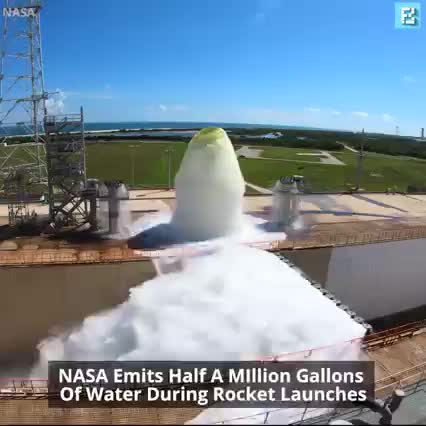The unusual feature, measuring 3,000 light-years long, could represent a previously unknown type of galactic substructure.
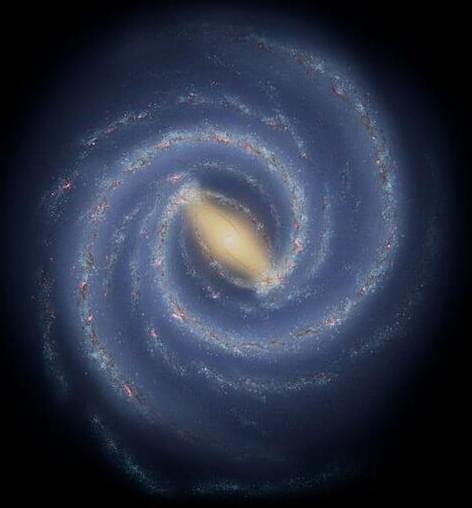

NASA’s Curiosity rover explores Mount Sharp, a 5-mile-tall (8-kilometer-tall) mountain within the basin of Gale Crater on Mars.
Curiosity’s Deputy Project Scientist, Abigail Fraeman of NASA’s Jet Propulsion Laboratory in Southern California, gives viewers a descriptive tour of Curiosity’s location. The panorama was captured by the rover’s Mast Camera, or Mastcam, on July 3 2021, the 3,167th Martian day, or sol, of its mission.
Curiosity landed nine years ago on August 5 2012, with a mission to study whether different Martian environments could have supported microbial life in the ancient past, when long-lived lakes and groundwater existed within Gale Crater.
For more about Curiosity, visit https://mars.nasa.gov/msl/home/ and https://nasa.gov/msl/
Credit: NASA/JPL-Caltech/MSSS
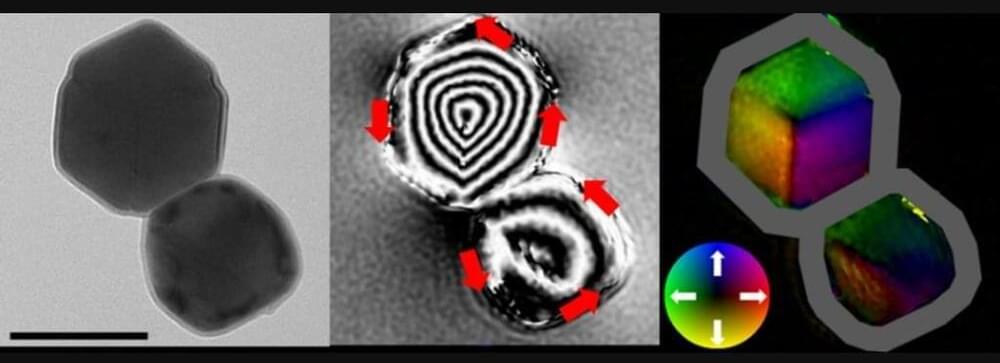
The Solar System is positively lousy with magnetic fields. They drape around (most of) the planets and their moons, which interact with the system-wide magnetic field swirling out from the Sun.
Although invisible to the naked eye, these magnetic fields leave their marks behind. Earth’s crust is riddled with magnetic materials, for example, that retain a paleomagnetic record of the planet’s changing magnetic field. And meteorites, when we are lucky enough to find them, can tell us about the magnetic field in the environment they formed in, billions of years ago.
Most of the meteorites we study in this manner are from the asteroid belt, which sits between Mars and Jupiter. But astronomers from Japan have just developed a new means of probing the magnetic materials within meteorites from much, much farther away — and thus provided a new tool for understanding the outer reaches of the early Solar System.
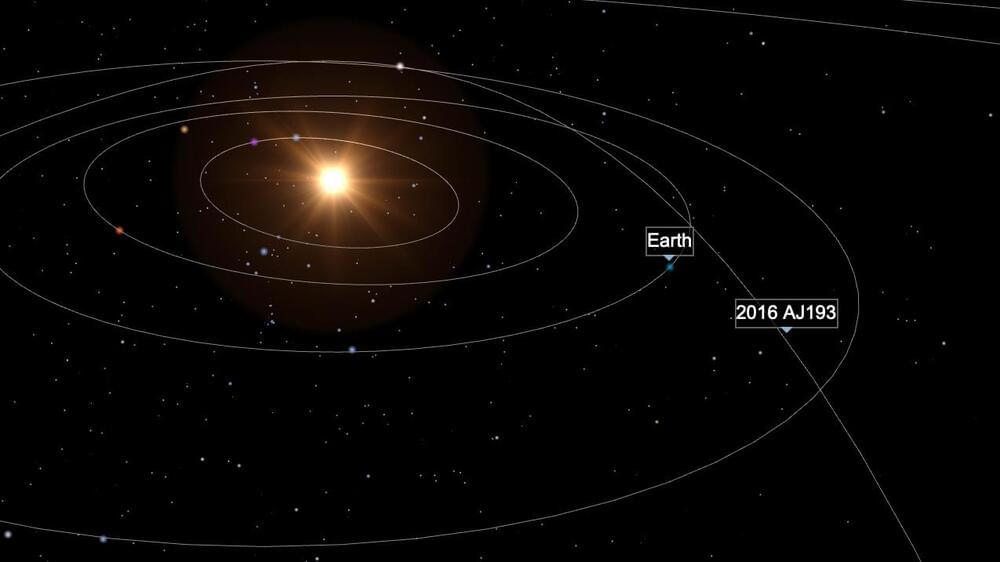
The Shenzhou-12 crew, astronauts Nie Haisheng (commander), Liu Boming and Tang Hongbo, prepares for the second extravehicular activity (EVA or spacewalk) planned during their three months mission on the Tianhe core module (天和核心舱), the first and main component of the China Space Station (中国空间站), informally known as Tiangong (天宫, Heavenly Palace). During the last 30 days, the Shenzhou-12 (神舟十二号) astronauts “activated the magnetic levitation experiment facility” that “includes a chamber of high-level micro-gravity”, “completed assembly of a space centrifuge, an equipment used for centrifugalizing samples”, and performed some “spring cleaning” in the Tianhe core module.
Credit: China Central Television (CCTV)/China National Space Administration (CNSA)

The results make “a significant step toward ignition,” the Lawrence Livermore National Laboratory announced on Tuesday.
At the National Ignition Facility, which is the size of three football fields, super powerful laser beams recreate the temperatures and pressures similar to what exists in the cores of stars, giant planets and inside exploding nuclear weapons, a spokesperson tells CNBC.
On Aug. 8 a laser light was focused onto a target the size of a BB which resulted in “a hot-spot the diameter of a human hair, generating more than 10 quadrillion watts of fusion power for 100 trillionths of a second,” the written statement says.
What’s key is that the results make “a significant step toward ignition,” said a statement from the Lawrence Livermore National Laboratory.
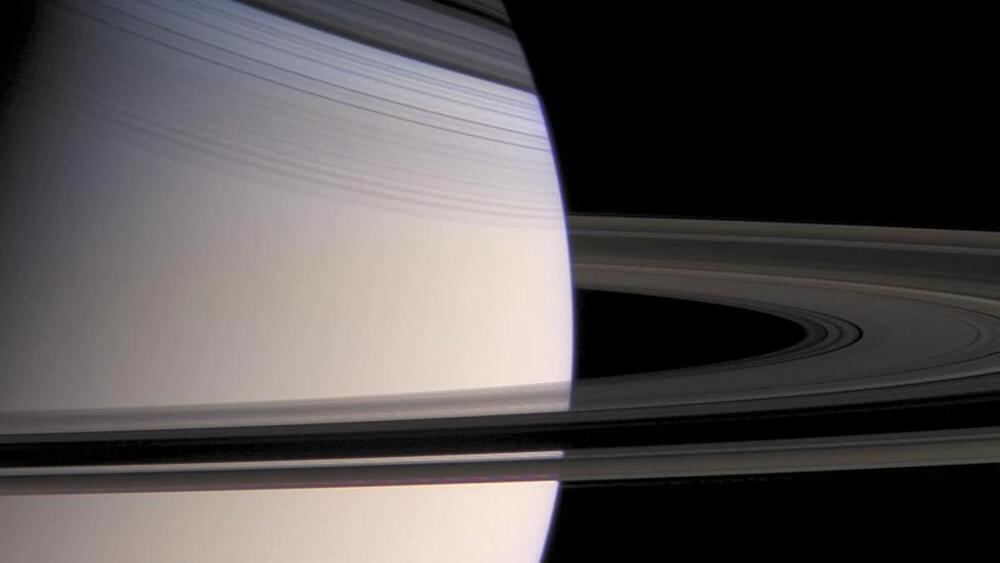
Saturn’s core is an unexpectedly immense mixture of ice, rock, and gas, surprising scientists who are trying to figure out how the planet formed and evolved to the enigmatic world we see today.
Hidden inside the solar system’s god of plenty is an unexpected bounty: Saturn’s mammoth core, spanning up to 60 percent of the planet’s width. The newly measured core, revealed through subtle waves in Saturn’s rings, appears to be ice, rock, and gas, blended into a soupy mass with blurry edges.
“It’s huge,” says Chris Mankovich of the California Institute of Technology, one of the authors of a new study describing Saturn’s core in the journal Nature Astronomy. “It’s definitely not something we expected to find.”
The characteristics of Saturn’s immense heart have scientists rethinking how the ringed planet may have formed, and how it generates its strangely uniform magnetic field. “It’s just more complex than we thought was going to be the case,” says Johns Hopkins University’s Sabine Stanley, who was not part of the new study.
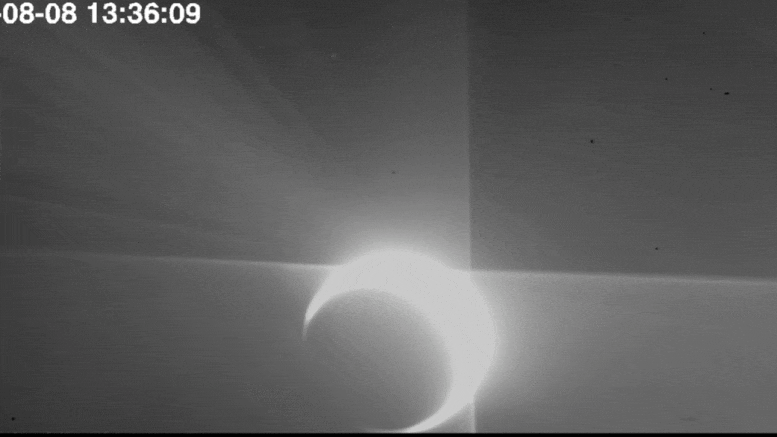
On August 9 2021, ESA/ NASA
Established in 1,958 the National Aeronautics and Space Administration (NASA) is an independent agency of the United States Federal Government that succeeded the National Advisory Committee for Aeronautics (NACA). It is responsible for the civilian space program, as well as aeronautics and aerospace research. It’s vision is “To discover and expand knowledge for the benefit of humanity.”
Expedition 65 Cool Science Radio Podcast — August 11 2021
Space station crew disusses life in space with cool science radio
Aboard the International Space Station, Expedition 65 Flight Engineers Mark Vande Hei and Shane Kimbrough of NASA discussed living and working in space during an in-flight interview on August 11 with Cool Science Radio. Vande Hei and Kimrbough are in the midst of six-month missions on the outpost.
